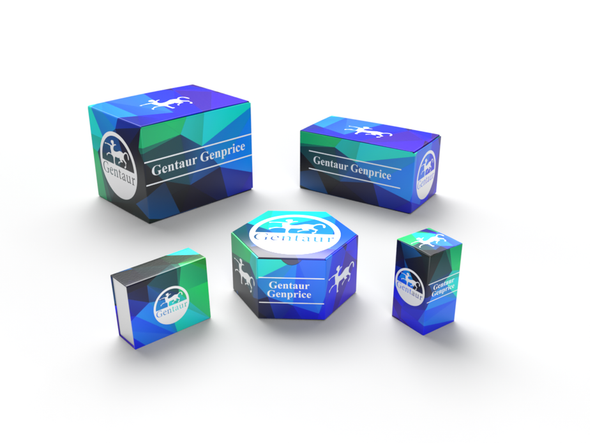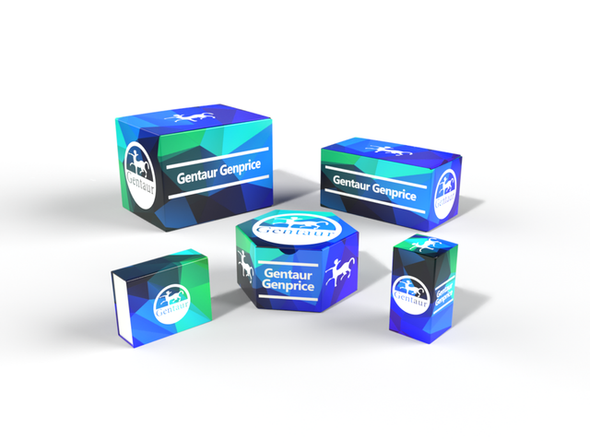740
Human Proline-rich protein 1 (PROL1) ELISA Kit | AE25773HU
- SKU:
- 740-AE25773HU
- Availability:
- Usually ships in 5 working days
Description
Human Proline-rich protein 1 (PROL1) ELISA Kit | AE25773HU | Gentaur UK, US & Europe Distribution
Species Reactivity: Human (Homo sapiens)
Abbreviation: PROL1
Alternative Name: BPLP; PRL1; basic proline-rich protein|proline-rich 1
Application: ELISA
Range: Request Information
Sensitivity: Request Information
Intra-Assay: ≤4.8%
Inter-Assay: ≤8.3%
Recovery: 1, 09
Sample Type: Serum, Plasma, Other biological fluids
Detection Method: Sandwich
Analysis Method : Quantitive
Test Principale: This assay employs a two-site sandwich ELISA to quantitate PROL1 in samples. An antibody specific for PROL1 has been pre-coated onto a microplate. Standards and samples are pipetted into the wells and anyPROL1 present is bound by the immobilized antibody. After removing any unbound substances, a biotin-conjugated antibody specific for PROL1 is added to the wells. After washing, Streptavidin conjugated Horseradish Peroxidase (HRP) is added to the wells. Following a wash to remove any unbound avidin-enzyme reagent, a substrate solution is added to the wells and color develops in proportion to the amount of PROL1 bound in the initial step. The color development is stopped and the intensity of the color is measured.
Product Overview: BPLP is a putative 180-amino acid protein of 20.5 kD that contains a 21-residue secretory leader sequence, an N-glycosylation site, and a zona pellucida (Zp) domain. The Zp domain of BPLP shows most similarity to that of ZP2, which carries 2 insertions/deletions of identical size to those in BPLP. The BPLP protein consists of 24.5% proline, 10.5% leucine, and 8.4% each of arginine and serine residues. While the proline residues show 2 regions of clustering, BPLP shows no homology to the salivary proline-rich proteins. BPLP shows limited homology to human PRPb, the mouse MSG proteins, and rat VCS-alpha-1, VCS-beta-1, and submandibular apomucin. Northern blot analysis showed abundant expression of a 1.05-kb BPLP transcript in the lacrimal gland and moderate expression in the submandibular gland.
Stability: The stability of ELISA kit is determined by the loss rate of activity. The loss rate of this kit is less than 5% within the expiration date under appropriate storage condition. The loss rate was determined by accelerated thermal degradation test. Keep the kit at 37°C for 4 and 7 days, and compare O.D.values of the kit kept at 37°C with that of at recommended temperature. (referring from China Biological Products Standard, which was calculated by the Arrhenius equation. For ELISA kit, 4 days storage at 37°C can be considered as 6 months at 2 - 8°C, which means 7 days at 37°C equaling 12 months at 2 - 8°C) .






